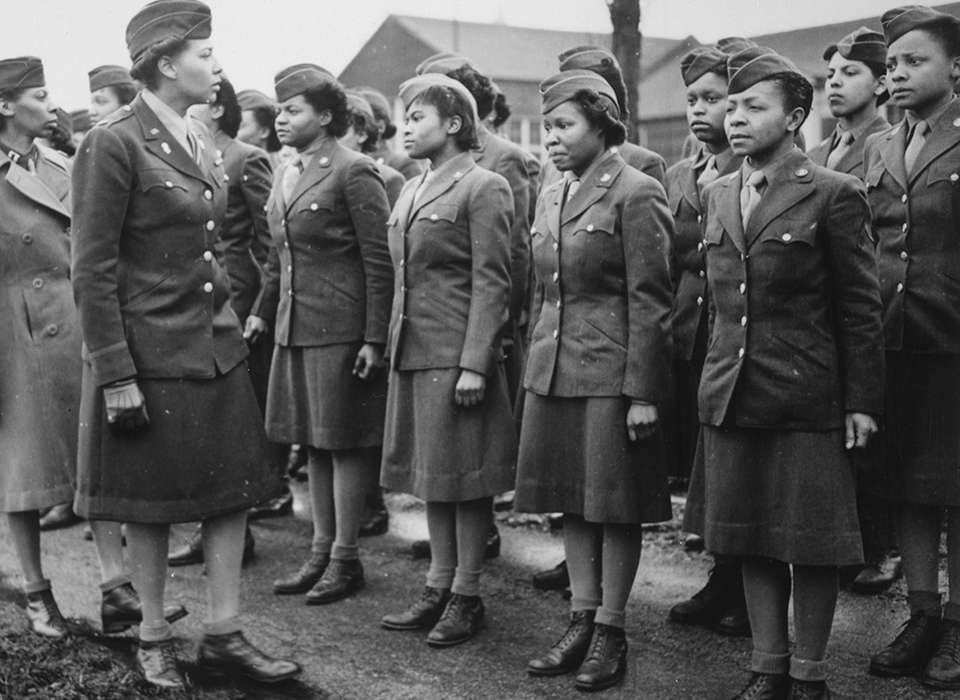![]()
Earlier this week the United States and Europe marked the 72nd anniversary of V-E Day, Victory in Europe, with mostly low-keyed ceremonies and announcements. Today, a date that was of equal or even greater importance for GIs will probably slip by with even less notice. We are referring to May 12, R-Day, for redeployment and readjustment, the day when GIs in Europe and the Pacific Theater learned if they had accumulated enough points to be sent home.
R-Day was the result of nearly two years of planning by the War Department to develop the most equitable means of discharging troops from service. During this process, scientific polling methods were applied to obtain the opinions of representatives from each of the Army’s constituent groups. The response showed that the GIs agreed with Army Chief of Staff General George C. Marshall that discharge by units, such as divisions, as had been the case in the First World War, would be grossly unfair, since each unit had both short-and long-termers and the former would be released while the latter would wait in frustration.
Instead, the Army’s V-E Day demobilization formula would assign the soldier or airman points in various multiples for service rendered as of May 12, 1945. This total was known as the Adjusted Service Rating (ASR). Each month of service earned a point;
Views: 99



